When it comes to getting cozy, nothing beats a good blanket. But not all blankets are created equal. With so many types of blankets available today, choosing the right one can transform your sleep, add to your home décor, and even regulate your body temperature throughout the year. In this guide, we’ll explore the most popular types of blankets and their ideal uses, materials, and benefits.
1. Fleece Blankets
Fleece blankets are made from synthetic polyester fibers that are lightweight, soft, and warm. They are excellent for cooler weather and are often used as throws or for layering during the winter months.
Best For: Cold weather, casual use, and children
Pros: Affordable, machine washable, quick-drying
Cons: Not breathable, can pill over time
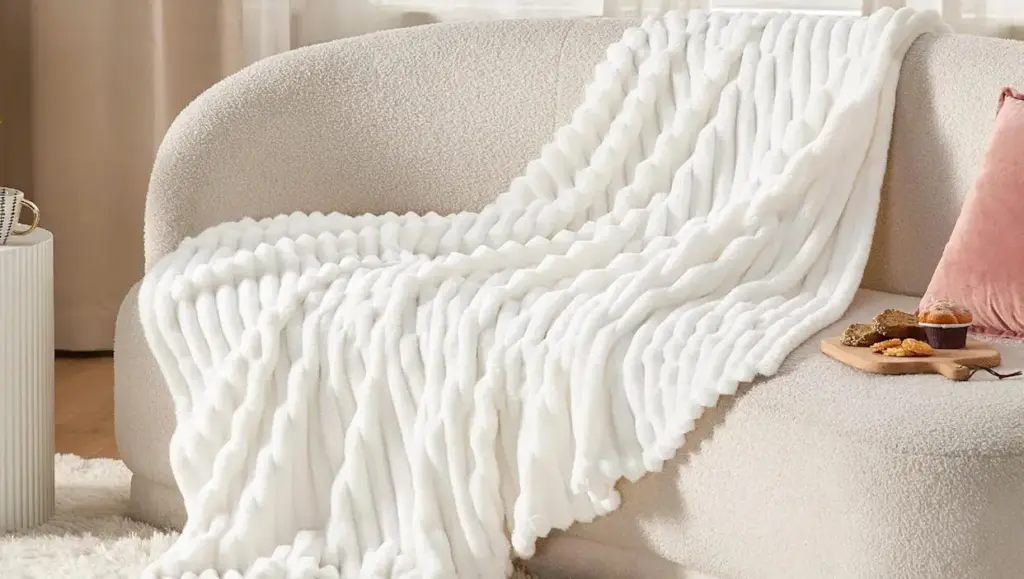
2. Wool Blankets
Wool blankets are known for their excellent insulation and moisture-wicking properties. They’re perfect for chilly nights and come in a variety of styles, from Merino wool to cashmere.
Best For: Cold climates, camping, and winter bedding
Pros: Natural warmth, durable, breathable
Cons: Can be itchy, require special care
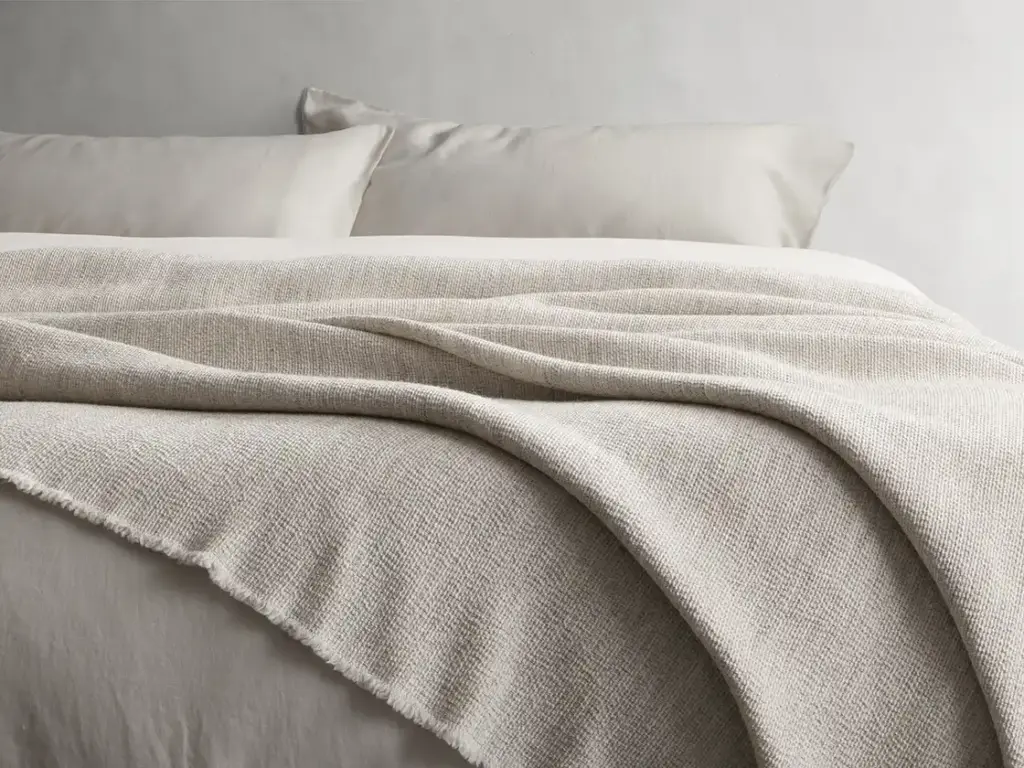
3. Cotton Blankets
Cotton blankets are breathable, soft, and ideal for year-round use. They’re especially popular in warmer climates and among people with allergies, as cotton is a hypoallergenic material.
Best For: All seasons, sensitive skin
Pros: Breathable, easy to clean, natural fiber
Cons: Less warm in colder climates
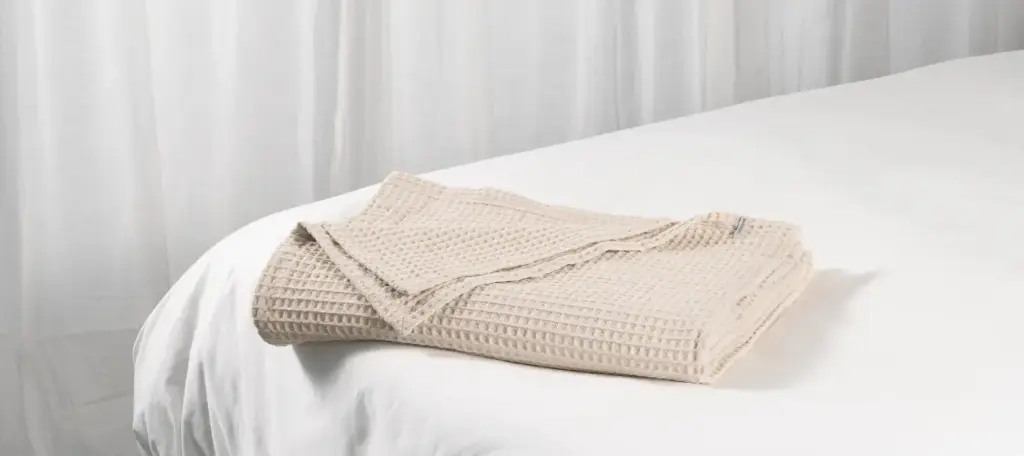
4. Knit Blankets
Knit blankets, especially trendy chunky knit throws, offer a stylish texture. The weave can range from loose and airy to more dense, affecting warmth and breathability., have become a trendy choice for home décor. Made with a looser weave, they offer both comfort and a stylish texture.
Best For: Decorative layering, light warmth
Pros: Stylish, lightweight, breathable
Cons: Can snag easily, not ideal for heavy warmth
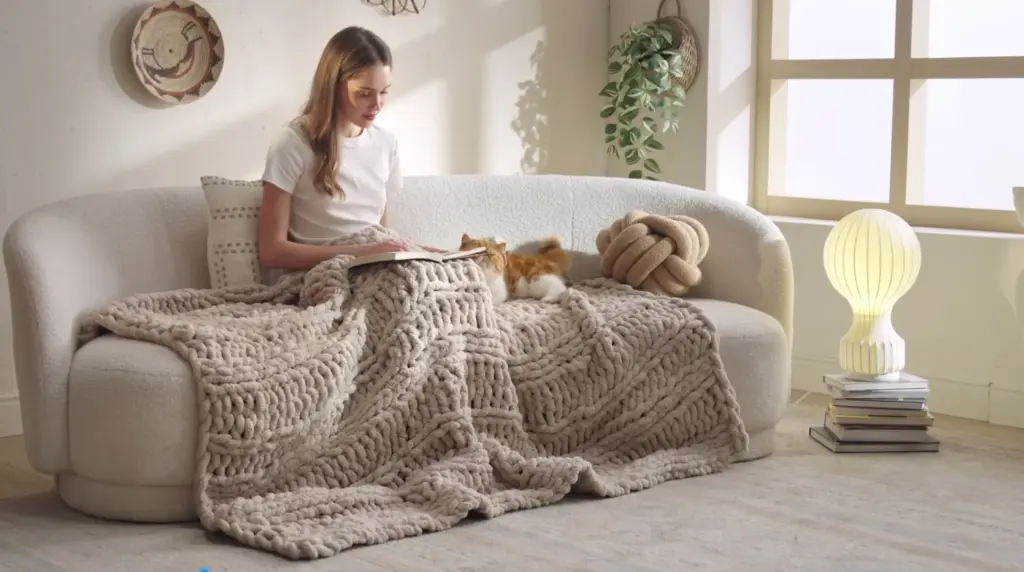
5. Down Blankets
Down blankets are filled with the soft under feathers of ducks or geese, providing a lightweight yet warm layer. They’re different from down comforters, as they’re thinner and used more for layering.
Best For: Layering, cooler climates
Pros: Lightweight warmth, breathable
Cons: Can be expensive, not ideal for allergy sufferers unless down-alternative
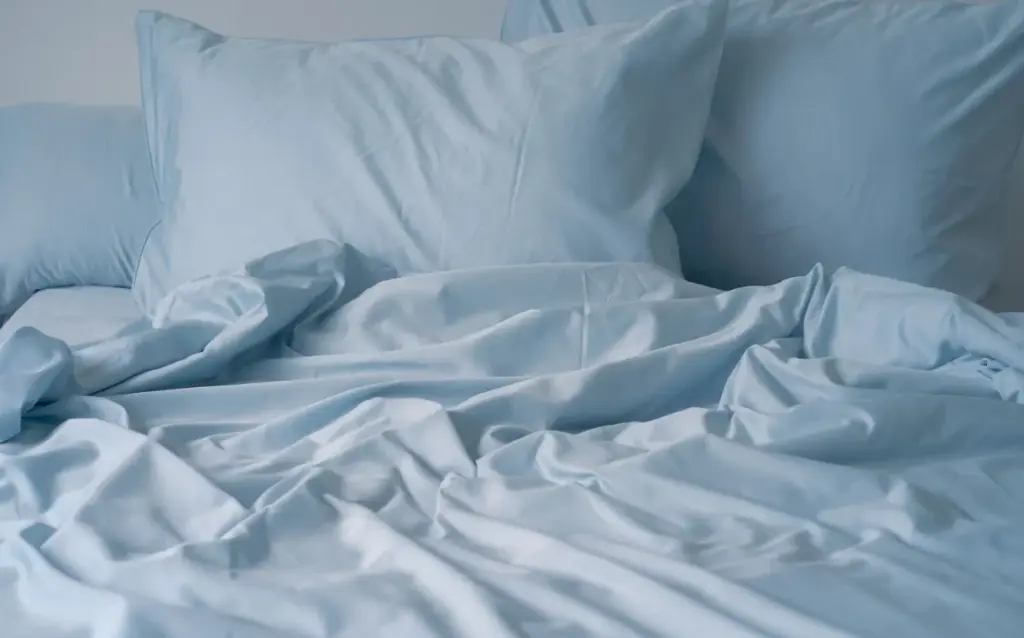
6. Weighted Blankets
Weighted blankets contain glass beads or pellets to add gentle pressure across the body. They’re designed to promote relaxation and better sleep by mimicking a therapeutic technique called deep pressure stimulation.
Best For: Anxiety relief, improving sleep quality
Pros: Therapeutic, calming
Cons: Heavy, harder to clean, can be hot
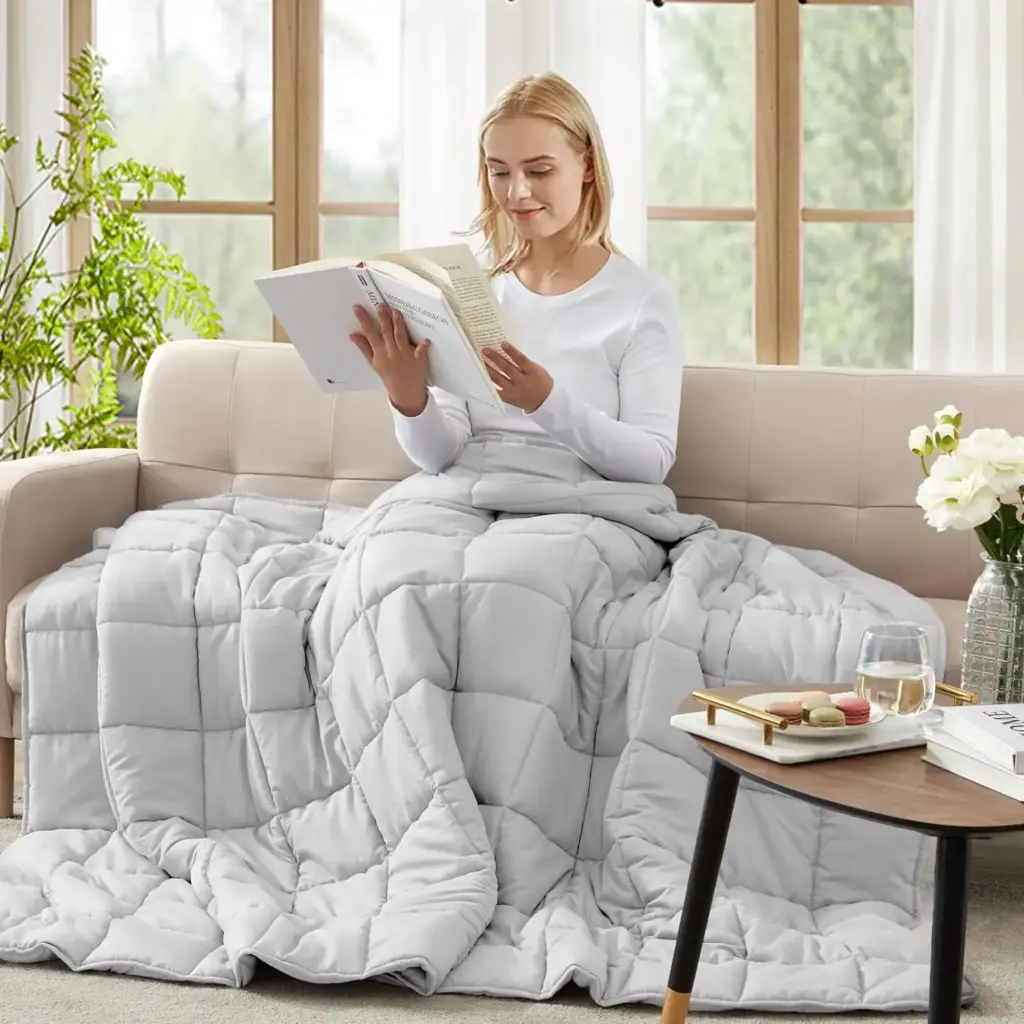
7. Electric Blankets
Electric blankets feature built-in wiring that heats the blanket when plugged in. They’re excellent for freezing winters and can be adjusted to different heat settings.
Best For: Extra cold nights, people with poor circulation
Pros: Adjustable warmth, energy efficient
Cons: Safety considerations (follow manufacturer instructions carefully), some models may not be machine washable or require special care.
8. Throw Blankets
Throw blankets are small, decorative, and functional blankets often draped over sofas or beds. They come in various materials including fleece, cotton, and knit.
Best For: Home décor, quick warmth
Pros: Stylish, versatile
Cons: Smaller size may not cover the full body
Choosing the Right Blanket for You
When selecting a blanket, consider the following:
- Climate and seasonality (e.g., lightweight cotton for summer, wool for winter)
- Sensitivity and allergies (opt for hypoallergenic materials)
- Purpose (decoration vs. warmth vs. therapy)
- Care requirements (machine washable vs. dry clean only)
- Material Feel/Texture Preference: Some people like it silky, some like it plush, and some like the feel of natural fibers.


Leave a Reply